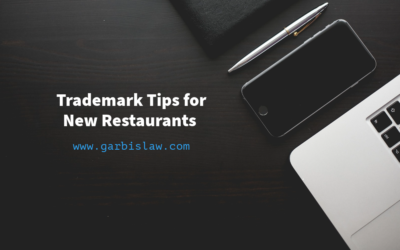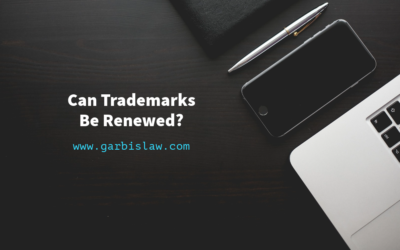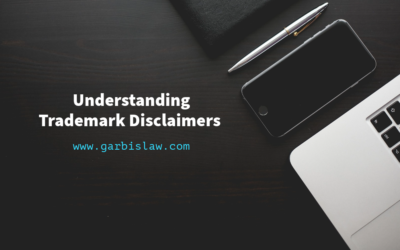One of the most exciting times for any business owner is perfecting the logo that will be representing the company. The logo is an essential part of your brand and proper steps should be taken to protect all of the hard work that went into creating it.
Logos are around us every day no matter where you are. Some are so common that you know exactly what company it represents even with a quick glance. For example, regardless of whether you like it or not, if you see McDonald’s Golden Arches, you know the who and the what as far as quality and service that you will likely receive. If a car zips by you on the highway and you didn’t recognize it, you’ll hope to catch a glimpse of the emblem on the car to identify it. Play sports? No doubt you have checked out others’ shoes/apparel to see what they have and whether or not to be taken seriously (although that strategy can quickly backfire on you). Regardless, all of these things are identified by a logo, which may or may not include that actual name of the company.
The point I’m trying to make is that logos are important. They create the image for your company. Although the saying goes “don’t judge a book by its cover,” it is human nature for all of us to do just that. We like associating things with pictures. It’s a huge reason why social media has been so successful and why businesses use more than just text with their advertisements. Creating something aesthetically pleasing can go a long way for your brand identity. More importantly, protecting the logo you create should be high on your priority list. With that said, here are some quick tips to make sure you get the most out of your logo.
CREATING YOUR LOGO
Your logo can be any combination of a shape, symbol, images, words, or letters. You’ll likely get a trademark for it if it is unique and would not likely be confused with another’s logo or mark. One thing to remember is that in order to receive a trademark, it should not be merely descriptive of the goods/services you are identifying with. For example, if you are in the business of selling laptops, you probably wouldn’t get too far with a trademark/logo for “LapTOPS.”
You should also be careful when dealing with designers here and assure that the design you are getting is indeed unique and not just a rehash of something that was previously done or found online. Unfortunately, this happens far too often. Staying on the topic of designers, also make sure to have an agreement in place with any designer that transfers all intellectual property rights to you. Otherwise, the designer might actually still own the copyright to the design!
SEARCHING FOR SIMILAR MARKS
Consulting with a trademark attorney from the get go would likely save you a lot of time, money, and headaches when it comes to naming your company and designing your logos. When you have settled on a design, a proper search should be performed to see whether or not something similar pops up. This search is defined by what is in your logo. The United States Patent and Trademark Office (USPTO) assigns different codes to various elements of your logo which would be included in the search to determine whether or not something similar exists.
THE TRADEMARK APPLICATION
The application process for a logo is very similar to that of a name. The only differences is that you will need a high-resolution photo of your logo, and you will need to provide a written description of your logo.
As with any trademark application, a classification of what goods or services the mark covers must also be identified. If you have not yet begun using your logo, you can file an “intent-to-use” trademark application, which essentially reserves the mark for you (assuming all goes well during the application process/review).
WAIT
Once you submit a trademark application, the waiting game begins. Typically, an application will not be assigned to an Examiner until approximately 3 months after your filing date. From there, it’ll likely take another month until the Examiner reviews it and gets back to you either accepting or rejecting your application. There are a variety of reasons the Examiner might reject your application, but all is not lost if that’s the case. You have a chance to respond to these refusals to try and convince the Examiner to allow the application to continue. This is where an experienced trademark attorney comes in handy to help you navigate the process.
Unfortunately, the process can drag out for a while, depending on the number and type of responses required to be filed with the USPTO. If the Examiner approves your application, it will continue on to a publication period. During that time, anybody who feels your mark would damage their own mark, may file an opposition to the mark identifying the reasons they feel it would be damaging. If there was no opposition, or if you manage to overcome it, your application continues on and receives a Notice of Allowance, followed by the registration certificate.
AFTER REGISTRATION
Once you receive your registration certificate, you can start adding the (R) sign to your logo and keep an eye out for similar marks that may be infringing on yours. Although there is potential for the process to drag out longer than you’d like, at the end of the day it’ll be worth knowing that you did what you had to do to protect your brand and maintain a unique image.





